Title : Geostatistical modelling of serological multiplex bead assays responses: A case study from Malaysia
Abstract:
In the literature, multiplex immunoassays are primarily used to evaluate the current and past seroprevalence of diseases, identify potential risk factors, determine populations eligible for vaccination and targeted public health interventions, and establish integrated surveillance systems for multiple pathogens.
The primary objective of this study is to develop geostatistical methods of analysis to understand the correlation structure across different pathogens, as well as relevant environmental and socio-economic risk factors. We demonstrate that geostatistical models can effectively identify and characterize these relationships, providing new insights into the interplay of various exposures at the population level. These results enable the design of integrated serological surveys and support standardized sample collection protocols.
The study was conducted in four districts of Northern Sabah in Malaysia, using an environmentally stratified, population-based cross-sectional serological survey from September to December 2015. Serological multiplex bead assays measured IgG responses to twelve antigens from six diseases: lymphatic filariasis (Bm33, Bm14, BmR1, Wb123), strongyloidiasis (NIE), toxoplasmosis (SAG2A), yaws (Rp17, TmpA), trachoma (Pgp3, Ct694), and giardiasis (VSP3, VSP5). Additionally, twelve socio-economic risk factors and twelve environmental covariates were included to better understand disease transmission.
Geographical and population seroprevalence data can enable targeted public health interventions, highlighting the potential of integrated serological surveillance as a valuable public health tool. By examining the relationships between different diseases, this study contributes to improving disease management and control strategies in resource-limited settings.



